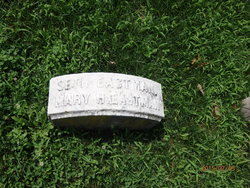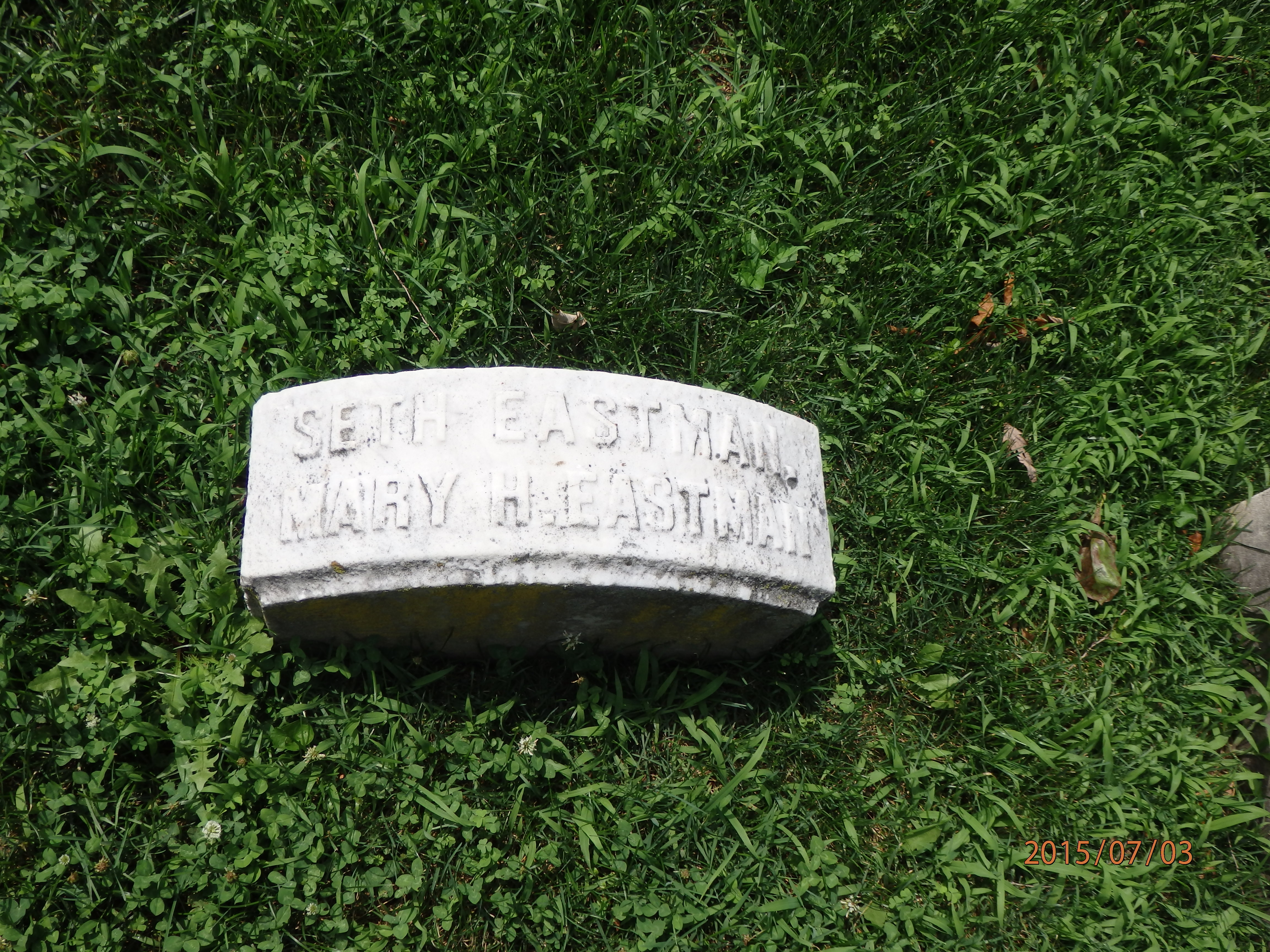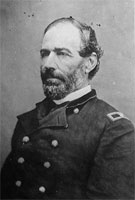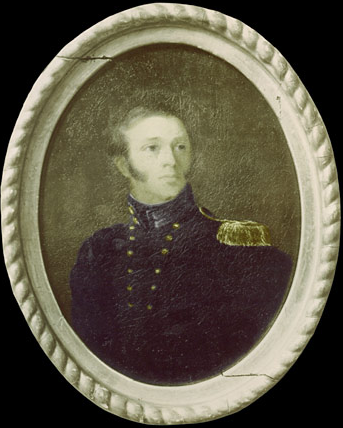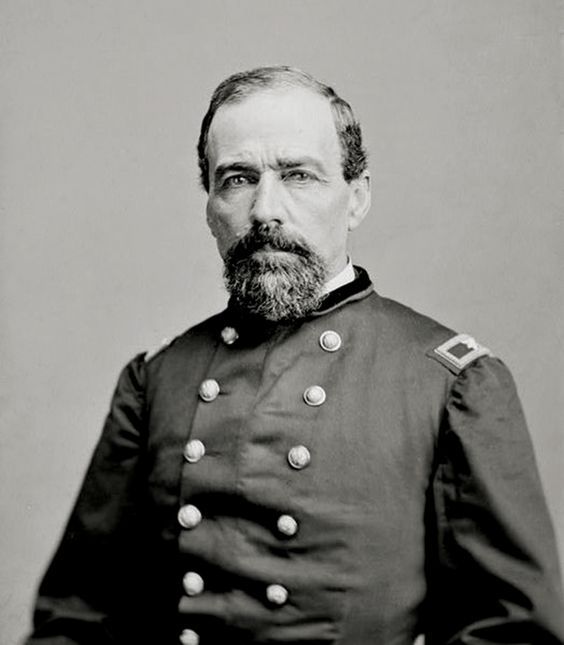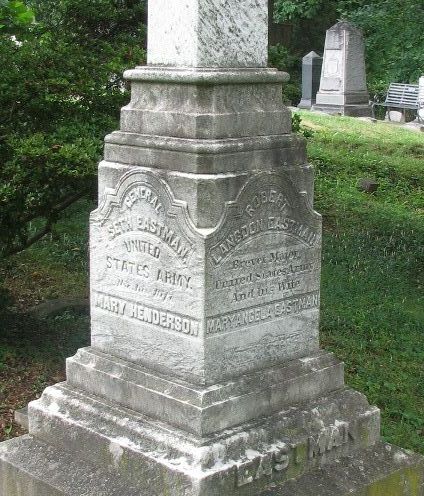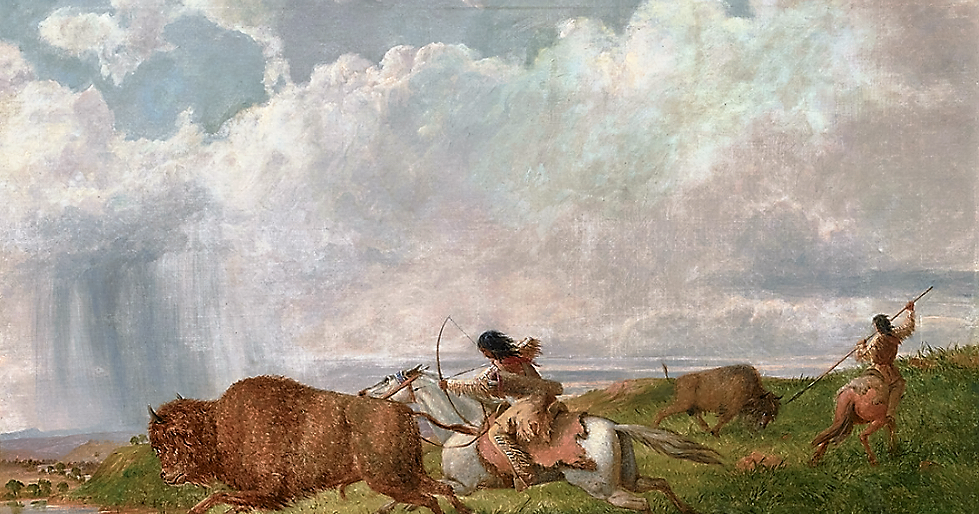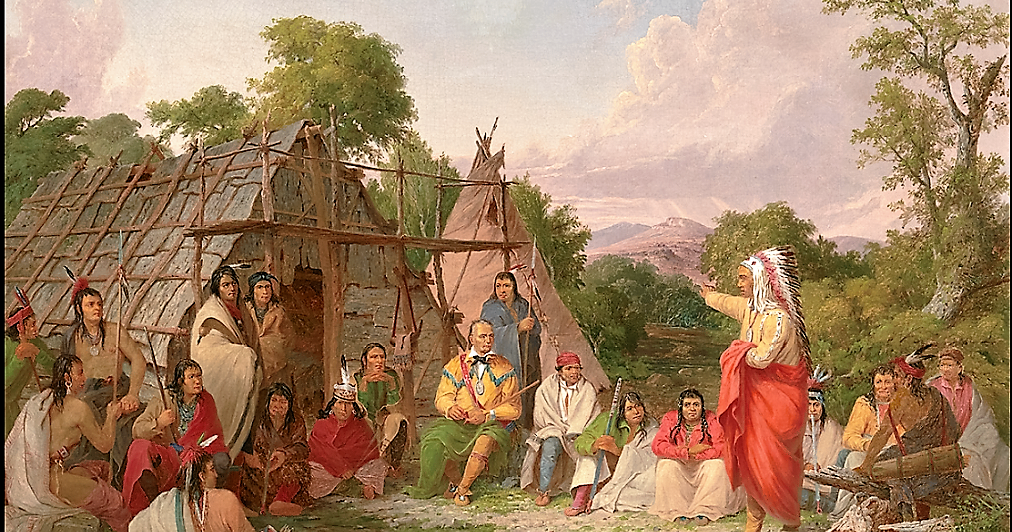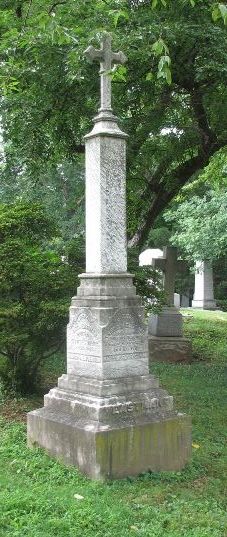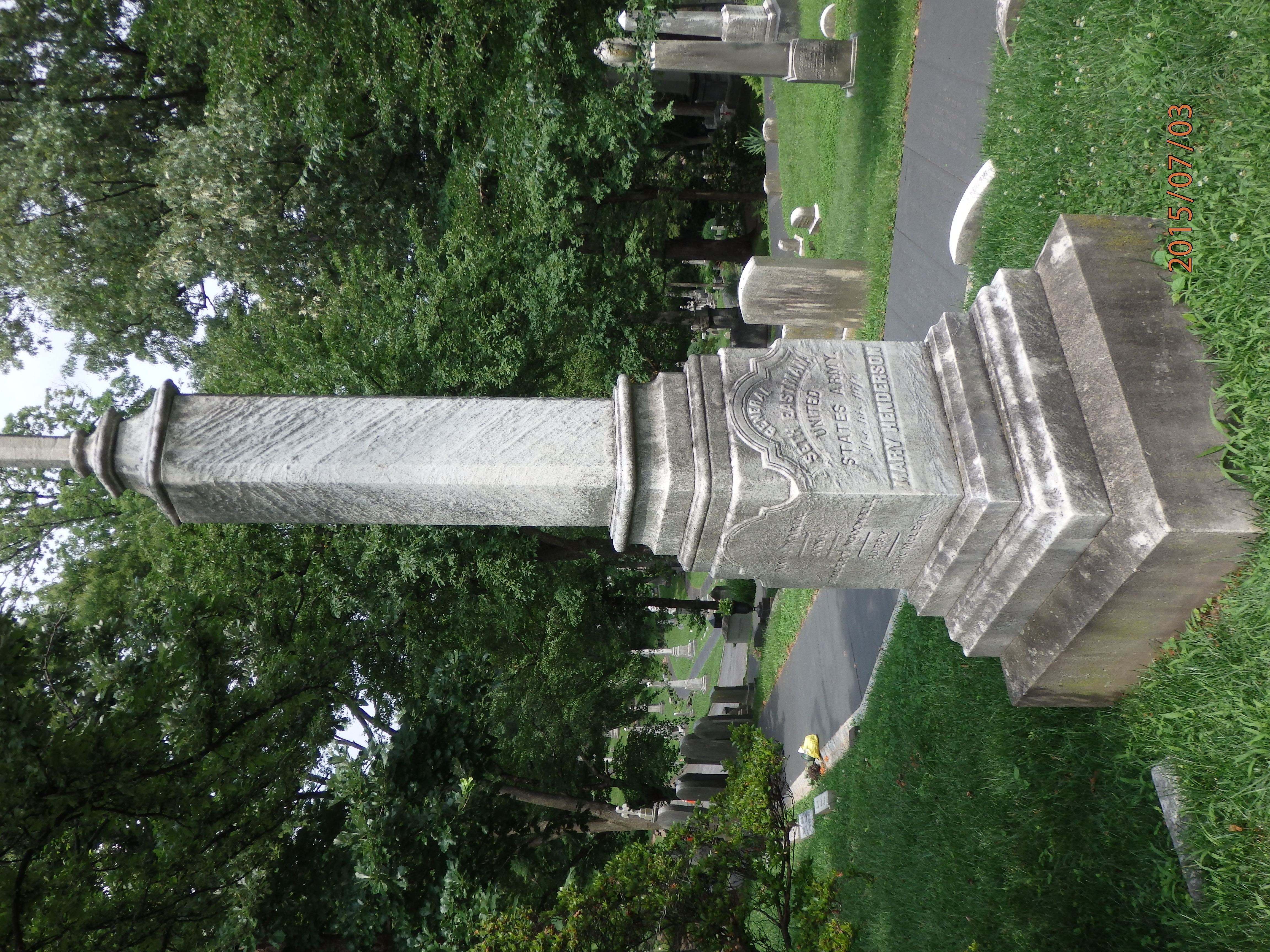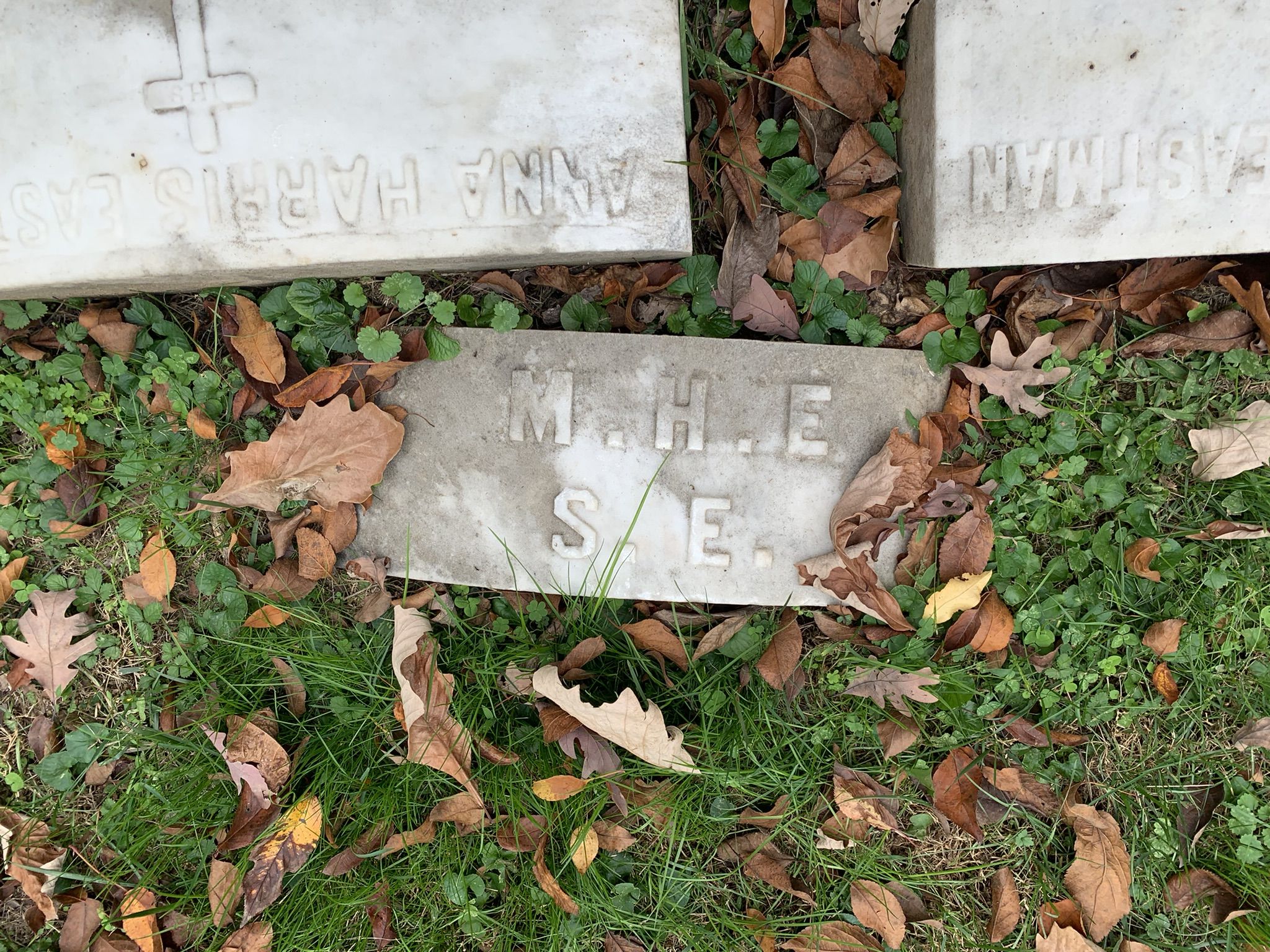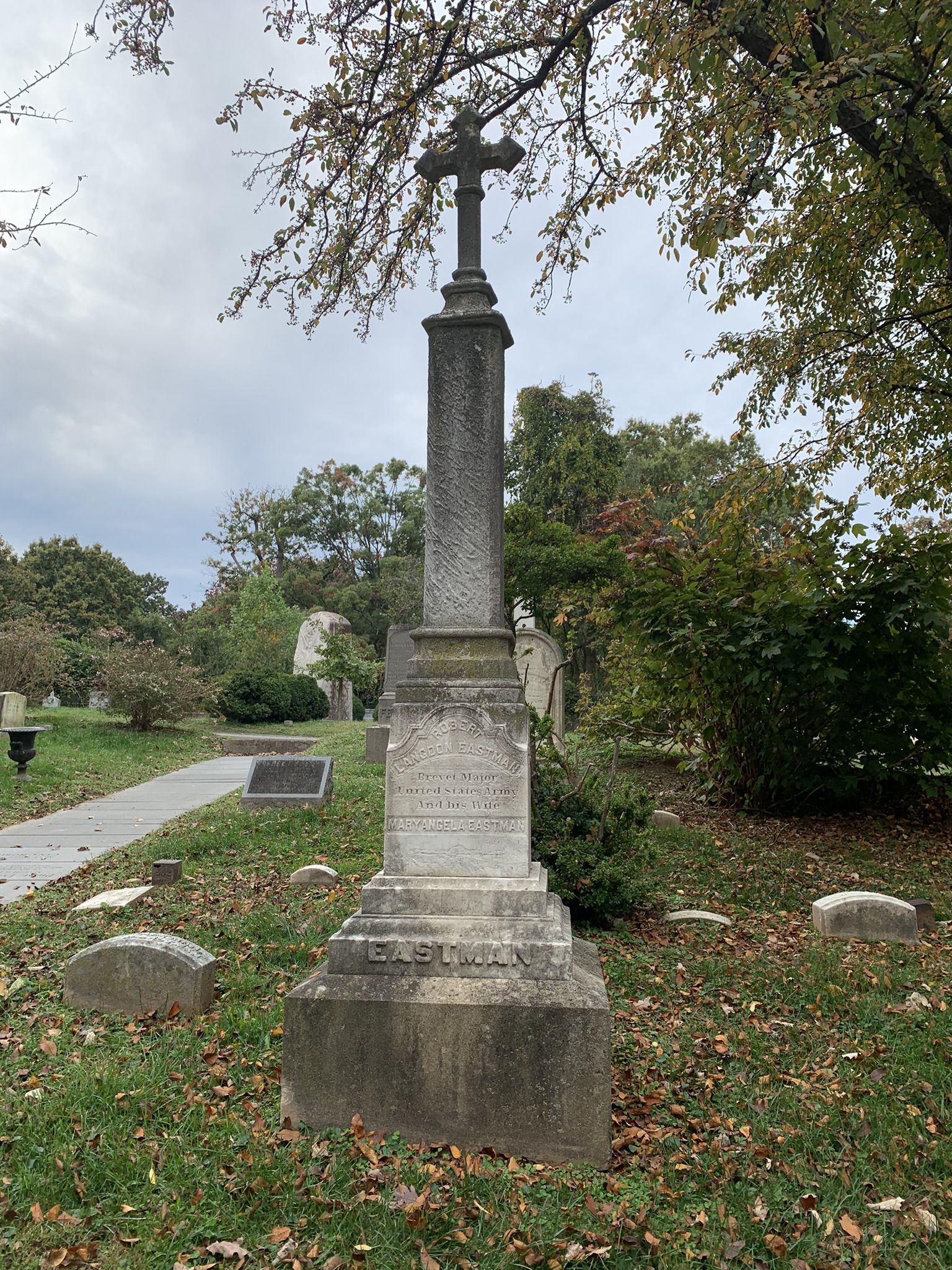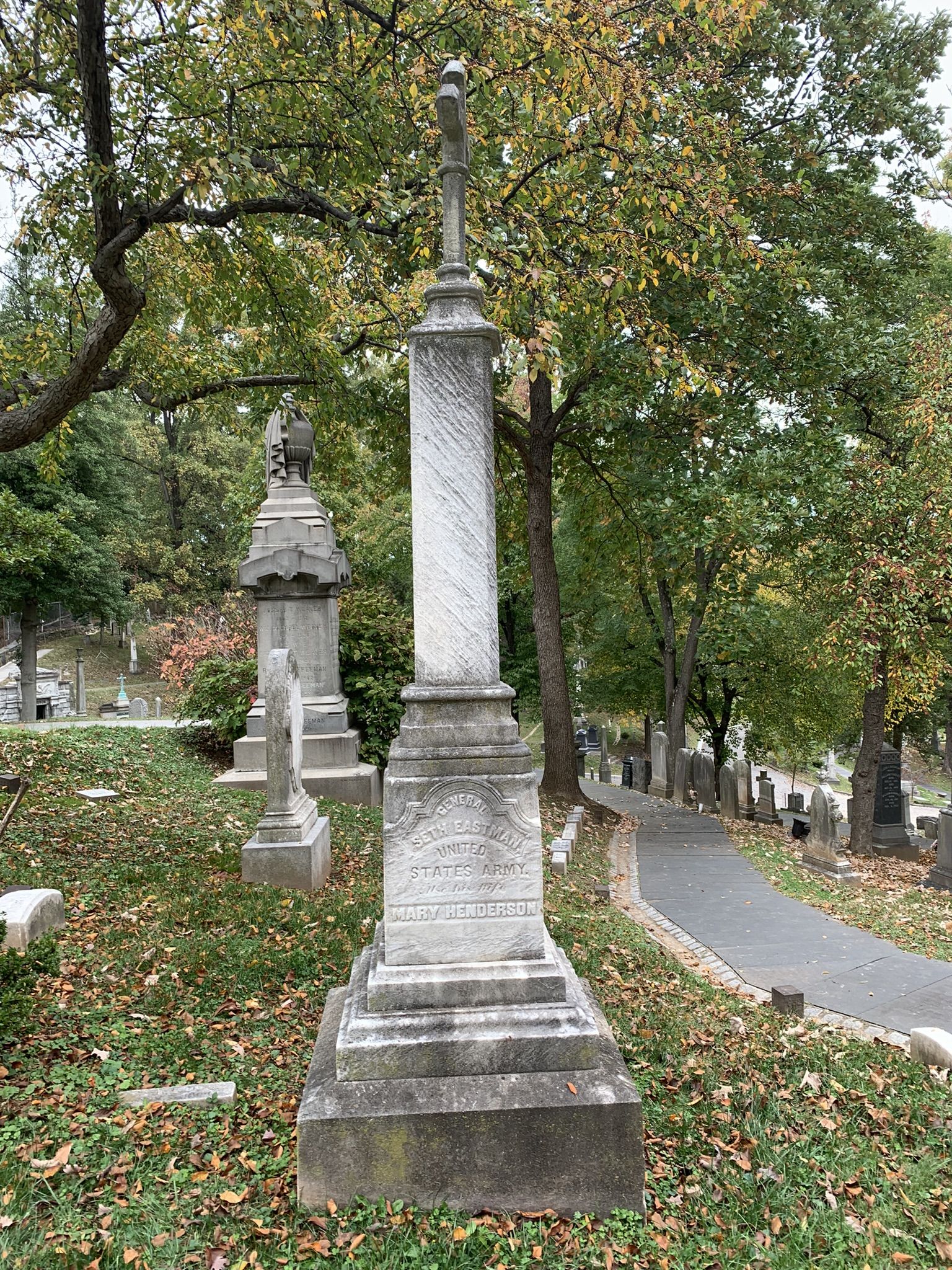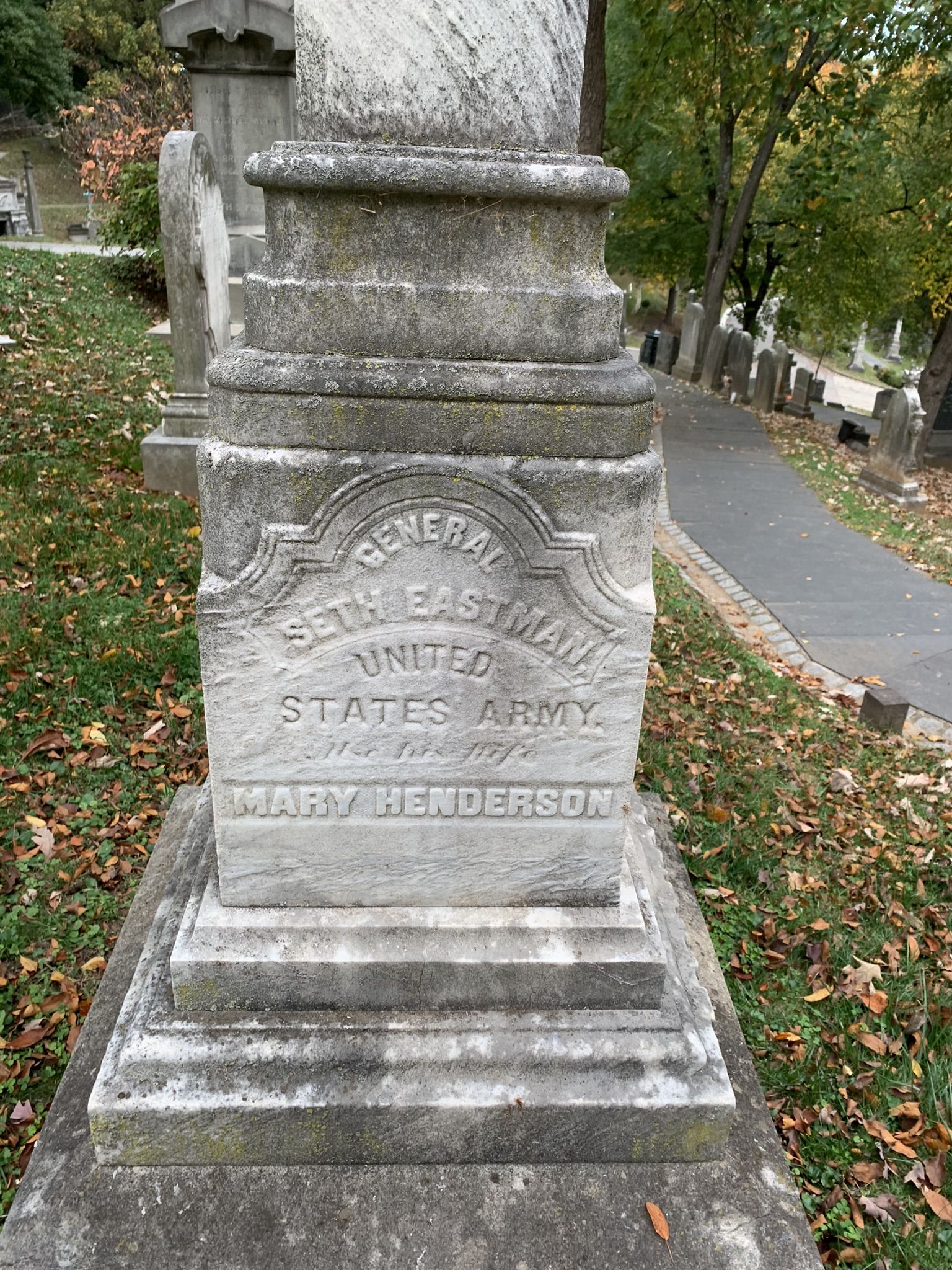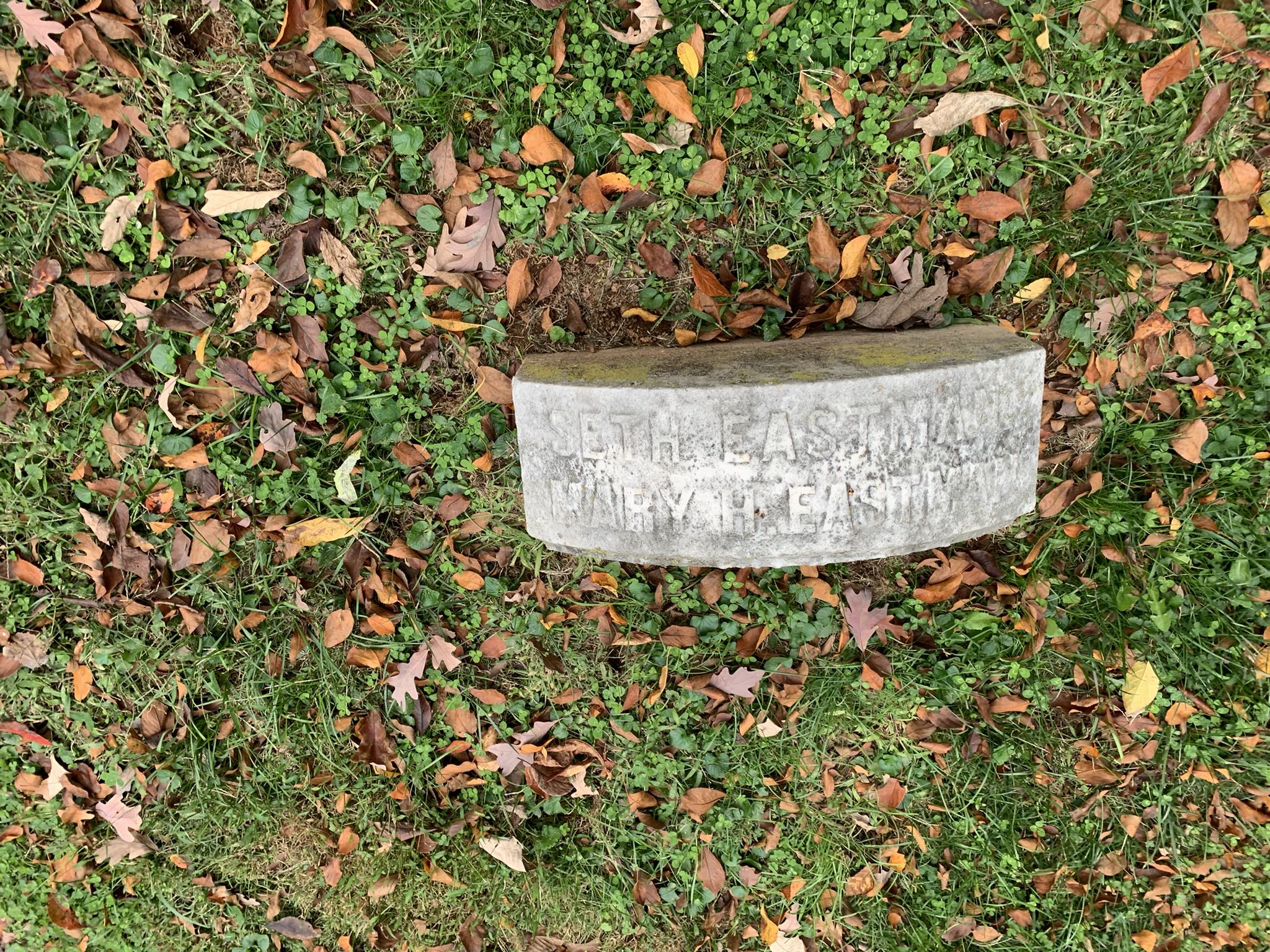Born in Brunswick, Maine, to Robert and Sarah Eastman. Brigadier General and painter. On 1 July 1824 Seth enrolled at West Point Military Academy and graduated 1 July 1829, He was assigned to the 1st Infantry as a 2nd Lieut. In October 1829 he was assigned to Prairie du Chien to help rebuild Fort Crawford in Southern Wisconsin, commanded by Colonel Zachary Taylor. He was assigned to Fort Snelling, between 2 February 1830 and 25 November 1831. Here he began to produce paintings of the natives - many officers at the time Seth took a wife from the local tribes. His was the third daughter of Chief Cloudman of the Lake Calhoun village named "stands like a Spirit." Their daughter was Mary Nancy Eastman born in 1931. Shortly Seth was transferred to topographical work along the lower Mississippi in Louisiana. It is her son Charles A. Eastman who became a Doctor to the Sioux at Pine Ridge. After serving Louisiana developing the railroad for the Army he briefly served as a topographical engineer in New London Connecticut and was called to West Point as an assisting instructor of drawing. It was at this time he wrote a Treatise on Topographical drawing, which became the text at West Point (1837). It was at West Point that he married Mary, the daughter of the post assistant surgeon Thomas Henderson in June 1835. In 1836 he was promoted to 1st Lieut. and privately studied painting with Robert Weir. In 1836 the National Academy of Design displayed one of his paintings which became a hit. In 1838 the Academy displayed eight more, which won acclaim in many circles. In 1838 Seth was promoted to Captain and served in The Second Seminole War. After a period of illness in the late summer of 1841 he returned to command Fort Snelling. He stayed for seven years. It had become difficult to maintain peace between the Dakotas and Ojibwe. In spite of his duties to keep peace Seth amassed a large portfolio of native drawings, some were published Wiley and Putnam's book published in 1849. Many of his pictures were used to illustrate Henry Lewis' book "The Valley of the Mississippi-Illustrated" in 1854. Mary published several books that used Seth's illustrations. Together they had six children. Seth's Indian daughter grew up in Lake Calhoun and Oak Grove. Nancy became part of the tribe. On 1 October 1848 Mary and the children went east while Captain Seth was ordered to Texas to fight the Comanches. A number of requests from authorities got Seth reassigned to Washington to work as Schoolcraft's illustrator for history of the Indians, although the funds and hence the appointment was not sure. Seth was in D.C. by Christmas 1849. On 27 February 1850 the appointment was secure and Seth illustrated the six volume edition of Information Regarding the History, Conditions, and Prospects of the Indians of the United States with over 275 pages. It consumed five years of work. He was called up to serve as a Colonel during the Civil War. He was retired for disability in December 1863, but continued to serve the Nation in non-combat rolls. In 1866 he was raised to the rank of Brevet Brigadier General. In the 1870s he began to produce paintings taken from his sketches of the various forts he had served at. His last painting and his favorite was of West Point. He died of a stroke at home on 31 August 1875 and was found slumped over his easel. His death went unnoticed and was only noted in the Washington National Republican on 2 September. Many of his paintings are found through out the Capitol.
Born in Brunswick, Maine, to Robert and Sarah Eastman. Brigadier General and painter. On 1 July 1824 Seth enrolled at West Point Military Academy and graduated 1 July 1829, He was assigned to the 1st Infantry as a 2nd Lieut. In October 1829 he was assigned to Prairie du Chien to help rebuild Fort Crawford in Southern Wisconsin, commanded by Colonel Zachary Taylor. He was assigned to Fort Snelling, between 2 February 1830 and 25 November 1831. Here he began to produce paintings of the natives - many officers at the time Seth took a wife from the local tribes. His was the third daughter of Chief Cloudman of the Lake Calhoun village named "stands like a Spirit." Their daughter was Mary Nancy Eastman born in 1931. Shortly Seth was transferred to topographical work along the lower Mississippi in Louisiana. It is her son Charles A. Eastman who became a Doctor to the Sioux at Pine Ridge. After serving Louisiana developing the railroad for the Army he briefly served as a topographical engineer in New London Connecticut and was called to West Point as an assisting instructor of drawing. It was at this time he wrote a Treatise on Topographical drawing, which became the text at West Point (1837). It was at West Point that he married Mary, the daughter of the post assistant surgeon Thomas Henderson in June 1835. In 1836 he was promoted to 1st Lieut. and privately studied painting with Robert Weir. In 1836 the National Academy of Design displayed one of his paintings which became a hit. In 1838 the Academy displayed eight more, which won acclaim in many circles. In 1838 Seth was promoted to Captain and served in The Second Seminole War. After a period of illness in the late summer of 1841 he returned to command Fort Snelling. He stayed for seven years. It had become difficult to maintain peace between the Dakotas and Ojibwe. In spite of his duties to keep peace Seth amassed a large portfolio of native drawings, some were published Wiley and Putnam's book published in 1849. Many of his pictures were used to illustrate Henry Lewis' book "The Valley of the Mississippi-Illustrated" in 1854. Mary published several books that used Seth's illustrations. Together they had six children. Seth's Indian daughter grew up in Lake Calhoun and Oak Grove. Nancy became part of the tribe. On 1 October 1848 Mary and the children went east while Captain Seth was ordered to Texas to fight the Comanches. A number of requests from authorities got Seth reassigned to Washington to work as Schoolcraft's illustrator for history of the Indians, although the funds and hence the appointment was not sure. Seth was in D.C. by Christmas 1849. On 27 February 1850 the appointment was secure and Seth illustrated the six volume edition of Information Regarding the History, Conditions, and Prospects of the Indians of the United States with over 275 pages. It consumed five years of work. He was called up to serve as a Colonel during the Civil War. He was retired for disability in December 1863, but continued to serve the Nation in non-combat rolls. In 1866 he was raised to the rank of Brevet Brigadier General. In the 1870s he began to produce paintings taken from his sketches of the various forts he had served at. His last painting and his favorite was of West Point. He died of a stroke at home on 31 August 1875 and was found slumped over his easel. His death went unnoticed and was only noted in the Washington National Republican on 2 September. Many of his paintings are found through out the Capitol.
Family Members
Advertisement
Advertisement
